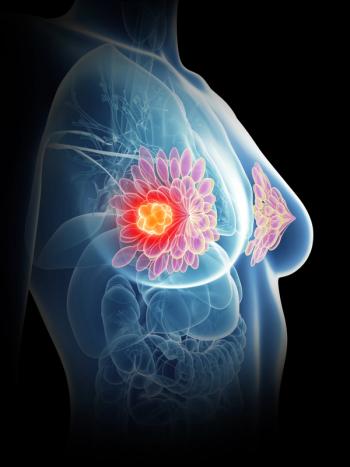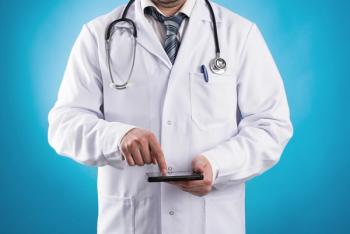
Miami Breast Cancer Conference® Abstracts Supplement
- 42nd Annual Miami Breast Cancer Conference® - Abstracts
- Volume 39
- Issue 4
- Pages: 33-34
78 Comparison of Positive Margin Rate of Breast Cancer in Higher BMI Patients
Background
There is about a 20% risk of positive margins in lumpectomy cases for breast cancer. For success to clear the cancer in question, a clear surgical margin must be taken. We hypothesized that those patients with higher BMIs may have more breast tissue, therefore allowing a larger specimen to be removed at the time of surgery, leading to a lower positive margin rate. We will also determine if those with a greater BMI will have more tissue removed from the specimen during their operation.
Materials and Methods
This was a retrospective chart review analysis of patients who underwent lumpectomy and re-excision of margins over 5 years. Patients who were included in our study were female, with estrogen receptor–positive/HER2-negative (ER+/HER2–) breast cancer. Patients were then divided based on body mass index (BMI) and characteristics of their tumor specimen investigated.
Results
A total of 1461 patients underwent lumpectomy between 2017 and 2022. Out of those patients, 81 met our criteria and underwent re-excision of margins. Additionally, 24 patients were found to have a BMI greater than 30. The average specimen diameter with those patients with a BMI greater than 30 was 6.54 cm compared with 4.95 cm in those with lower BMIs. In those patients where specimens were weighed, those patients with BMIs greater than 30, the average specimen was 48.17 g vs 16.95 g in patients with lower BMIs. Of note, 78 patients had re-excision of margins due to ductal carcinoma in situ, while 2 patients had re-excision for invasive ductal carcinoma and one patient for lobular carcinoma in situ.
Conclusion
Positive margins are a possible complication of lumpectomy, about a 20% risk, that can be mitigated by a larger amount of tissue. We show that patients who have a higher BMI allow more tissue to be taken and therefore lower risk of positive margin.
Articles in this issue
Newsletter
Stay up to date on recent advances in the multidisciplinary approach to cancer.

















































































